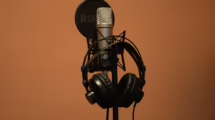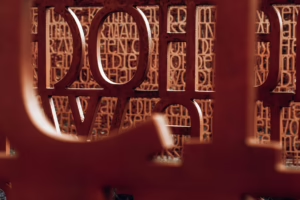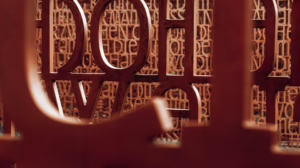Exploring the Building Blocks: Understanding Embryomorphemes in the Albanian Language
The structure of languages captivates linguists, educators, and language learners alike, revealing not just how communication manifests but also how it reflects cultural nuances and historical contexts. Among the fascinating components of linguistics are morphemes — the smallest units of meaning in a language. In this article, we delve into a specialized concept within morphemes known as embryomorphemes, particularly as they pertain to the Albanian language.
What are Embryomorphemes?
The term embryomorpheme refers to the foundational morphemes from which more complex forms can develop. These are thought to exist at a more primitive stage, representing the core semantics that contribute to the development of words in various languages. In essence, embryomorphemes are akin to the genetic blueprints of language — the seeds that grow into fully-formed meanings and usages.
In exploring embryomorphemes, we can gain insights into how Albanian, a member of the Indo-European family, constructs meaning through its linguistically rich system.
Albanian Morphological Features
The Albanian language is distinguished by a unique mixture of linguistic influences, stemming from its Balkan roots and historical encounters with both Eastern and Western civilizations. This melting pot creates a robust morphological system characterized by a rich array of prefixes, suffixes, and inflectional forms that can significantly alter meaning.
Roots and Affixes
Within Albanian, roots often function as the embryomorphemes. For example, the root “bëj” (to do) can generate a variety of forms through the addition of prefixes or suffixes, illustrating how a single embryomorpheme can evolve into various words with related meanings.
- Word Formation:
- bëj (to do) → bërës (doer) – a noun derived from the verb.
- bëj (to do) → bërë (done) – forming a perfect passive participle.
The versatility of the root “bëj” exemplifies how Albanian makes use of its embryomorphemes to convey nuanced meanings and create complex grammatical relationships.
Inflectional Morphology
Moreover, Albanian exhibits a robust inflectional morphology where the conjugation of verbs and the declension of nouns rely heavily on a system of prefixes and suffixes that can also be traced back to their embryonic forms.
For instance, the verb shkruaj (to write) showcases different forms based on tense and person, with the root “shkru” forming the core from which various tenses and aspects branch out.
- Examples include:
- shkruaj (I write)
- shkruan (he writes)
- shkruante (he was writing)
Through these transformations, speakers maintain a connection to the underlying morphemes while still expressing complex temporal meanings.
Cultural Insights through Embryomorphemes
Beyond simply constructing grammar, the study of embryomorphemes can reflect elements of Albanian culture and heritage. The language itself reveals a deep historical narrative, with roots reflecting past interactions with various conquering and trading civilizations, from the Roman Empire to the Ottoman rule.
For example, the evolution of a word like dashuri (love) can offer insights into the values of connection and affection that are prevalent in Albanian society. The very essence of love — as encapsulated in its embryomorpheme — can be traced across variations in dialects, showcasing regional nuances and cultural heritage.
Educational Implications
Understanding embryomorphemes in Albanian presents valuable pedagogical opportunities. For language learners, recognizing the roots of words can facilitate vocabulary acquisition by enabling students to anticipate meanings and grammatical forms. Educators can harness this knowledge to create engaging lessons that center around word formation, etymology, and the dynamic interplay of language and culture.
Conclusion
In conclusion, embryomorphemes stand as foundational constructs within the Albanian language, highlighting an intricate web of meaning and retention that shapes both linguistic expression and cultural identity. By examining these building blocks, we not only enhance our understanding of Albanian morphology but also gain deeper insights into the human experience as expressed through language. As we continue to explore the rich depths of language, concepts like embryomorphemes remind us of the profound interconnectedness between language, culture, and thought.
For further exploration on similar linguistic concepts, please refer to [modern_footnote_source_link].

























Add Comment